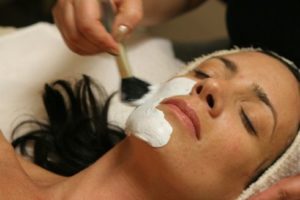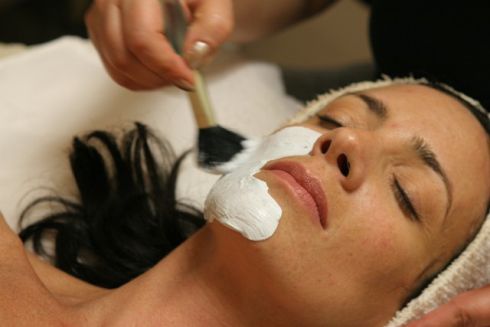Acne is not just a rite of passage for adolescents. Acne would begin as late as age 25 or 30. Women, have constantly fluctuating hormones so they are likely suffer from acne. There are many factors affect the appearance of acne as family history of acne and exposure to stress.
How Acne Develops
Your skin cells are renewal in continuously. As the old cells die, they blend with the skin’s natural oil and are shed. When some people do not get off dead skin cells periodically. The result is sticky cells. These sticky cells blend with oil and form a plug. This plug is called a comedo.
The comedo holds the oil and bacteria in the follicle, which begins to swell as the skin produces more oil. When the body start fighting with sending white blood cells to swarm around the follicle and kill the bacteria, the result is a pimple. You can read more about what causes acne scars here.
Kinds of Acne Scarring
There are different types of acne scarring. Ice pick scarring, atrophic scarring and hypertrophic scarring are the most common.
Treatment of Acne Scars
Acne scarring is permanent but can be treated. All the acne should be clear before treating scarring. If the acne is not cleared new scars form and the procedures are wasted. The most effective treatments are surgical and there are many types.

Dermabrasion
Mechanical resurfacing of the skin and involves the use of abrasive tools to remove the outer layers of the skin to produce an improved appearance.
Motorized dermabrasion
Motorized dermabrasion is a medium-deep or deep procedure and employs the use of a motorized brush or diamond cylinder. These tools are used to remove the outer layers of the skin in a controlled setting.
Manual dermasanding
In manual derma sanding the physician abrades the skin with silicone carbide sandpaper.
Laser Resurfacing
Laser resurfacing is used for the treatment of acne scarring. All lasers use a high-energy beam of light that targets specific structures in the skin. Laser resurfacing is ablative meaning that it destroys the outer layers of the skin.
Subcision
Subcision has been used for atrophic scarring. Local anesthesia is used and a needle is then inserted under the scar and gently moved underneath the skin to release the scar tissue.
Punch excision and grafting
For deep ice pick scars, the only effective treatment is complete removal of the scar. In this case, a deep, large scar is traded for a tiny line scar that can later be treated to further blend into the rest of the skin. Larger scars can be removed and then filled with a skin graft, taken from skin. Grafts are later contoured with dermabrasion to blend them into the rest of the skin.
Fillers
Fillers are substances that add volume to the skin. It can be used alone or in combination with other procedures. Fillers can improve the appearance of acne scars by flattening the scar but their effect is temporary. The lesions must be re-injected at fixed intervals.
Chemical Peels
Chemical peels produce controlled injury to the skin that promotes the growth of new skin with an improved appearance.
Controlling acne by prevention
Prevention is the secret to acne controlling. Even after blemishes disappear; try to use an effective acne treatment evenly to keep new ones from forming.
